Herbicide Paraquat
2022-01-17
Paraquat, chemical name N,N'-dimethyl-4,4-bipyridine dichloride and methyl disulfate, chemical formula is (C12H14N2)2+, exists in the form of divalent cation, this product has dichloride And two kinds of methyl bisulfate, chemically a bipyridine heterocyclic compound. Originally a colorless and odorless liquid, in order to prevent accidental ingestion, warning colors, odorants and emetics are often added during production, so that the appearance is green and blue water-soluble liquid with a pungent odor. Non-flammable and non-explosive. It is a fast killing herbicide with contact killing effect and certain systemic effect. It can be quickly absorbed by the green tissue of the plant, causing it to wither. Has no effect on non-green organizations. After contacting the soil, it loses its herbicidal activity quickly, leaving no residue, and it will not damage the roots of plants and pollute the environment. It belongs to the medium toxicity category. The oral LD50 of dichloride in rats is 155-203 mg/kg, and the methyl bisulfate salt is 320 mg/kg. It has low toxicity to poultry, fish and bees.
Paraquat is extremely toxic to humans, and there is no specific antidote. The lethal dose of 20% aqueous solution for adults is about 5-15 mL (1~3 g) or about 40 mg/kg. Long-term exposure to paraquat solution on the skin can also cause death. It is the herbicide with the highest mortality rate for acute poisoning in humans. Among the patients who survived paraquat poisoning, the highest 3-h plasma concentration was 2.64 μg/mL. All those whose blood concentration exceeded 3.44 μg/mL died.
Name: Paraquat
CAS number: 4685-14-7
EINECS Number: 225-141-7
Melting point: 175 to 180 ℃ (dichloride)
Boiling point: 300 ℃ (decomposition)
Water solubility: 70 g/100 mL (20℃)
Density: 1.24 to 1.26 g/cm³(20℃)
Appearance: pure chloride product is white crystal, pure bisulfate methyl salt is yellow solid, industrial product is brown liquid with pungent odor.
Application: It was originally used as a redox reaction indicator, but now it is mainly used as a herbicide.
Safety Description: S22, S28, S36/37/39, S45, S60, S61, S28A
Hazard symbol: T: Toxic (toxic)
Hazard Statements: R24/25, R26, R36/37/38, R48/25, R50/53
Scope of application
It can control various annual weeds; it has a strong killing effect on perennial weeds, but its underground stems and roots can sprout new branches; it has no effect on lignified brown stems and trunks. It is suitable for controlling weeds in orchards, mulberry orchards, rubber gardens and forest belts. It can also be used to prevent weeds in non-arable land, ridges and roadsides. For wide-row crops such as corn, sugarcane, soybeans and nurseries, directional spraying can be used to control weeds. Grass.
Precautions
1. Paraquat is a biocidal herbicide. It is used in gardens and crop growth periods. Do not pollute crops to avoid phytotoxicity.
2. Take protective measures when dispensing and spraying, wear rubber gloves, masks, and work clothes. If the liquid splashes into the eyes or skin, rinse immediately.
3. Do not drift the liquid medicine to fruit trees or other crops when using it. The vegetable field must be used when there are no vegetables.
4. The spraying should be even and thoughtful, and 0.1% washing powder can be added to the liquid to improve the adhesion of the liquid. The efficacy of the medicine can be basically guaranteed in the event of rain 30 minutes after spraying.
Features
It is a quick-acting contact-killing biocidal bipyridine herbicide. The active ingredients are extremely destructive to the chloroplast layer membrane, so that the photosynthesis and chlorophyll synthesis are quickly stopped, and the leaves begin to suffer discoloration 2-3 hours after application. Destructive effect, there is a certain conduction effect to destroy green plant tissue, but it cannot penetrate the suberatized bark, and it is easily passivated after contacting the soil. Can not destroy the roots of the plant and the seeds hidden in the soil, so the weeds will regenerate after the application.

 call us : +8613866722531
call us : +8613866722531 send a message : pweiping@techemi.com
send a message : pweiping@techemi.com call us : +8613866722531
call us : +8613866722531 send a message : pweiping@techemi.com
send a message : pweiping@techemi.com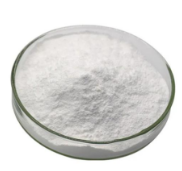
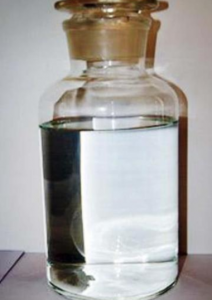
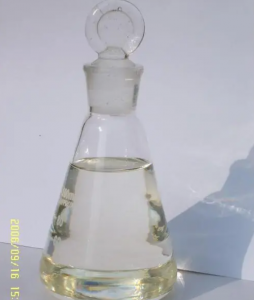
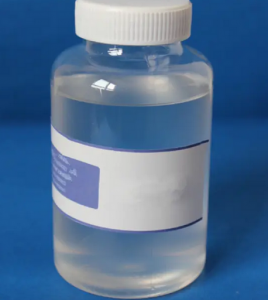
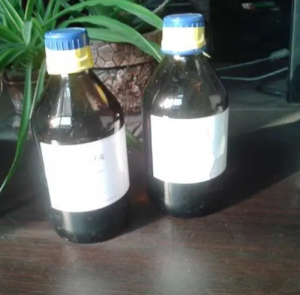
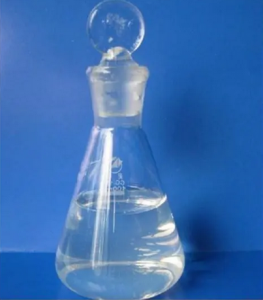

 online service
online service +8613866722531
+8613866722531 pweiping@techemi.com
pweiping@techemi.com pweiping
pweiping +8613866722531
+8613866722531